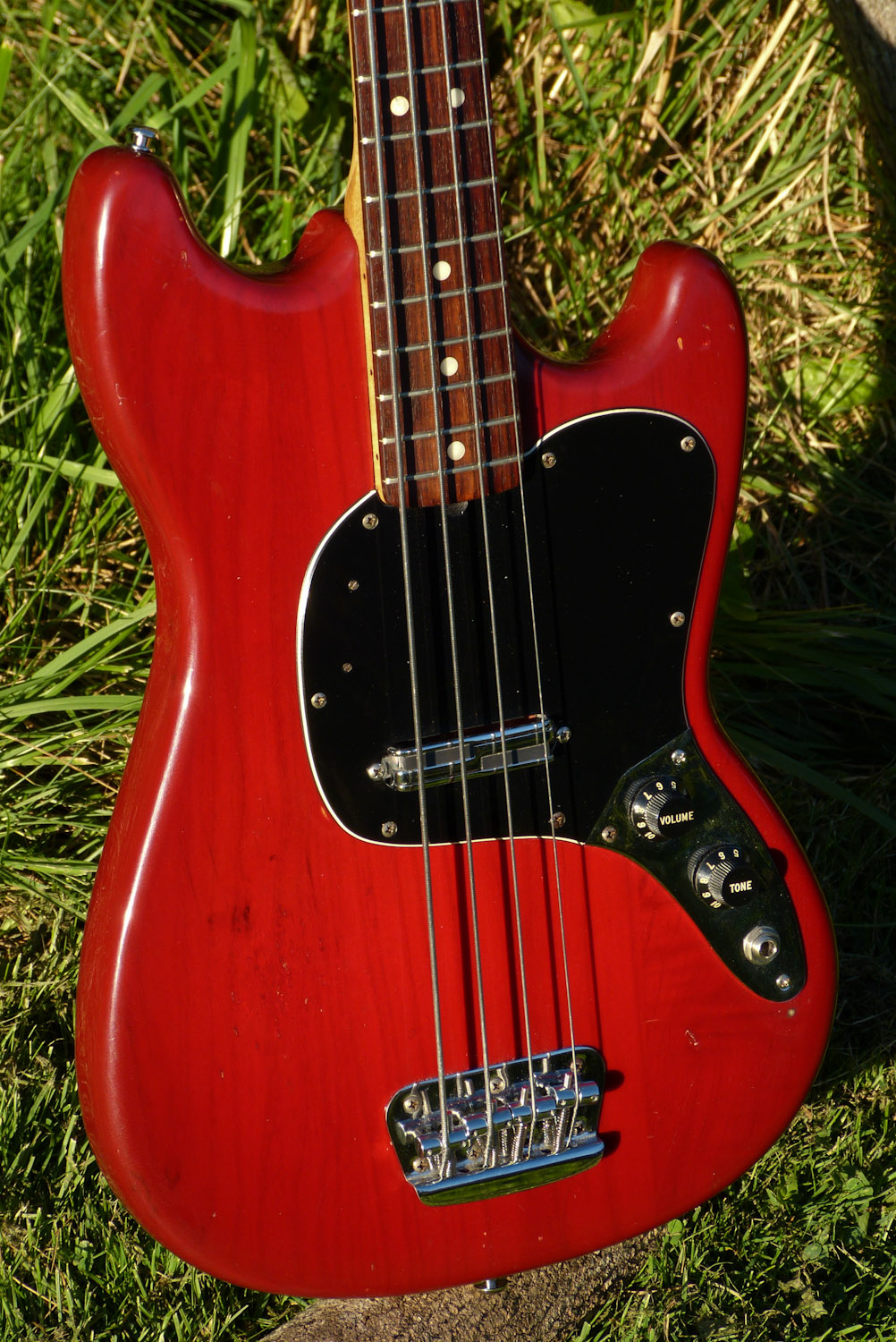

The sweetspot on the stock tone control can be VERY narrow for guitar but that's no big deal for recording IMO.
#MUSICMASTER BASS MOD#
Lots of people mod the tone control on these amps when they use it for guitar. But I think they used different stock speakers over the years so yours might be different. Can be pretty cool with the right fuzz, lol. The stock speaker has this nasty wasp thing going for guitars. Especially when trying to fit them into the same mix! I actually sometimes re-install the stock speaker. Sharing the same speaker for bass and guitar will always be a compromise IMO. Pretty much the opposite of the Jensen ceramics which are ultra-bright out of the box and needs LOTS of hours to mellow out.Īctually, being open back and just a few nuts to loosen, I can't see a big problem with getting one speaker for bass and one for guitar here. It really opens up after some hours of use.

Be aware that the P12N sounds a bit muddy out of the box. The P12N really is a match made in heaven for recording clean guitars with this amp (the P12N is definitely NOT for bass though!!!). And this litte dirt cheap "bass" amp is still my favourite for clean'ish guitars. I mean, I've got a pretty wide range of expensive VINTAGE Marshall, Hiwatt, Fender, Ampeg, Supro, Vox, Orange, etc. It may be a bit of a one trick pony but it does that trick extremely well. Pretty awful for distorted guitars though. I installed a Jensen P12N in mine and it is now my number one favourite amp for recording clean or SLIGHTLY crunched guitars. not my idea of fun but with the right speaker I'm sure you can get some decent recorded bass tones out of it.īUT. I got it as a guitar amp for my studio so I can't comment on which speakers I would use for bass. I've never considered this a bass amp (even though I'm a bass player). I remember reading somewhere about it being more reliable than the 6aq5 version but I have no idea to be honest. We’ll keep adding more info as and when we find it.I've got the 6V6 version. Sometimes the potentiometers are worth checking too. If you want to double-check the year of production year, it’s often a good idea to look at the heel of the neck (which entails removing the neck).
#MUSICMASTER BASS SERIAL#
Pre-1976 Model? Check the Heel Tooīefore 1976, frustratingly they often randomly assigned serial numbers.
#MUSICMASTER BASS SERIAL NUMBER#
Note that made in Mexico Fender guitars (MIM) and made in Japan guitars (MIJ) have their own unique serial number system. The prefix ‘Z’ stands for guitars made in the noughties (2000 – 2010).The prefix ‘N’ at the beginning of a serial number stands for the nineties.Vintage Series (launched in 1982) uses ‘V’ as a prefix for the serial number The prefix ‘E’ stands for the decade of the eighties.The prefix ‘S’ at the beginning of a serial number stands for the decade of the seventies.The prefix ‘L’ at the beginning of a serial number indicates a guitar from the early ’60s.The naming convention is a bit haphazard (it’s no different with Gibson serial numbers), but here are some general rules that should ring true 99% of the time – but beware, there are plenty of exceptions: Between the pick-up and the saddles (some Telecasters).On the back of the vibrato cover plate (on early ’50s Stratocasters).On the cover plate of the vibrato (on Stratocasters).On the front or at the back of the headstock.The location of the serial number has annoyingly changed from model to model over the years. Where to Find the Serial Number on Your Fender Guitar?


 0 kommentar(er)
0 kommentar(er)
